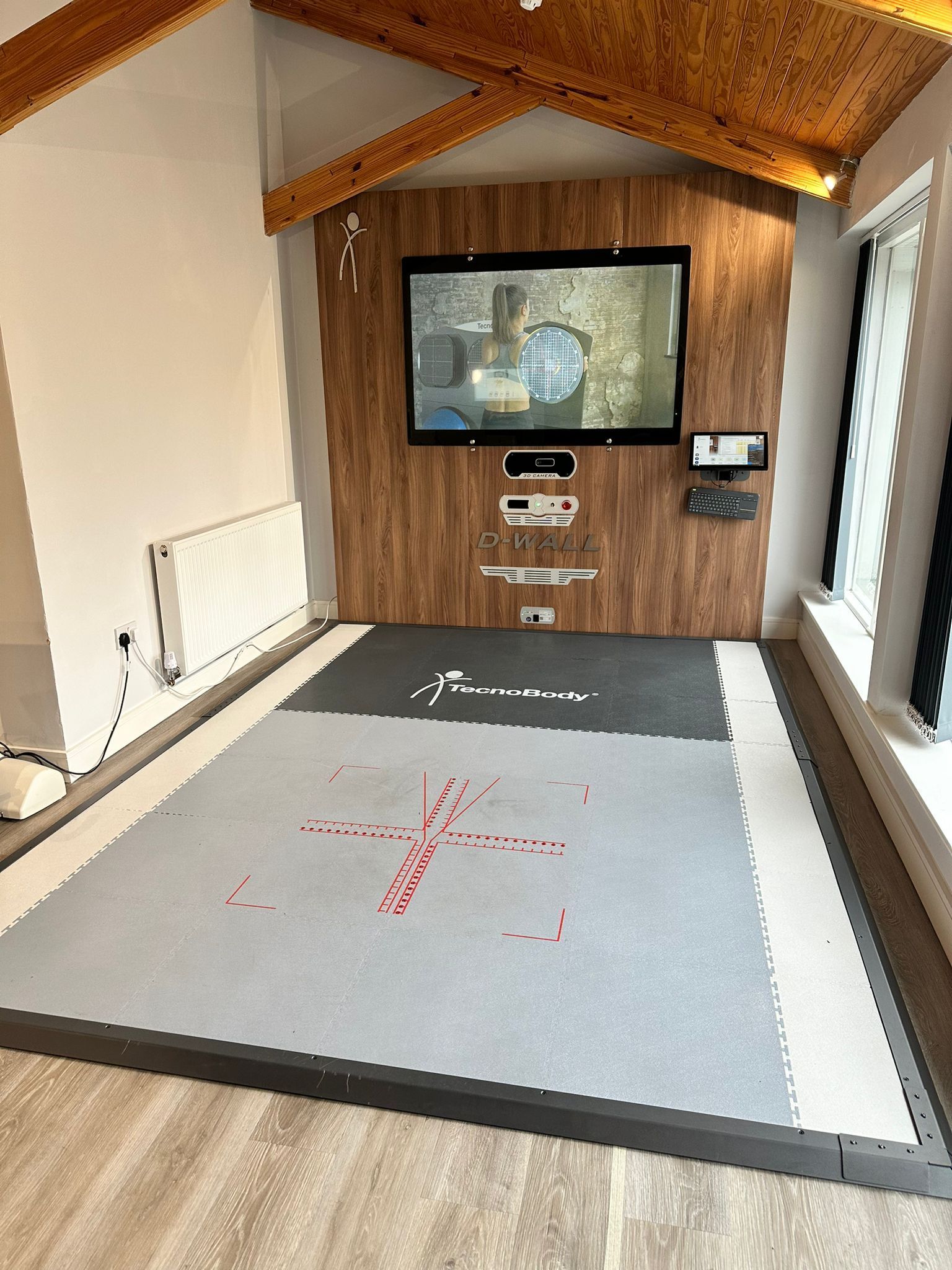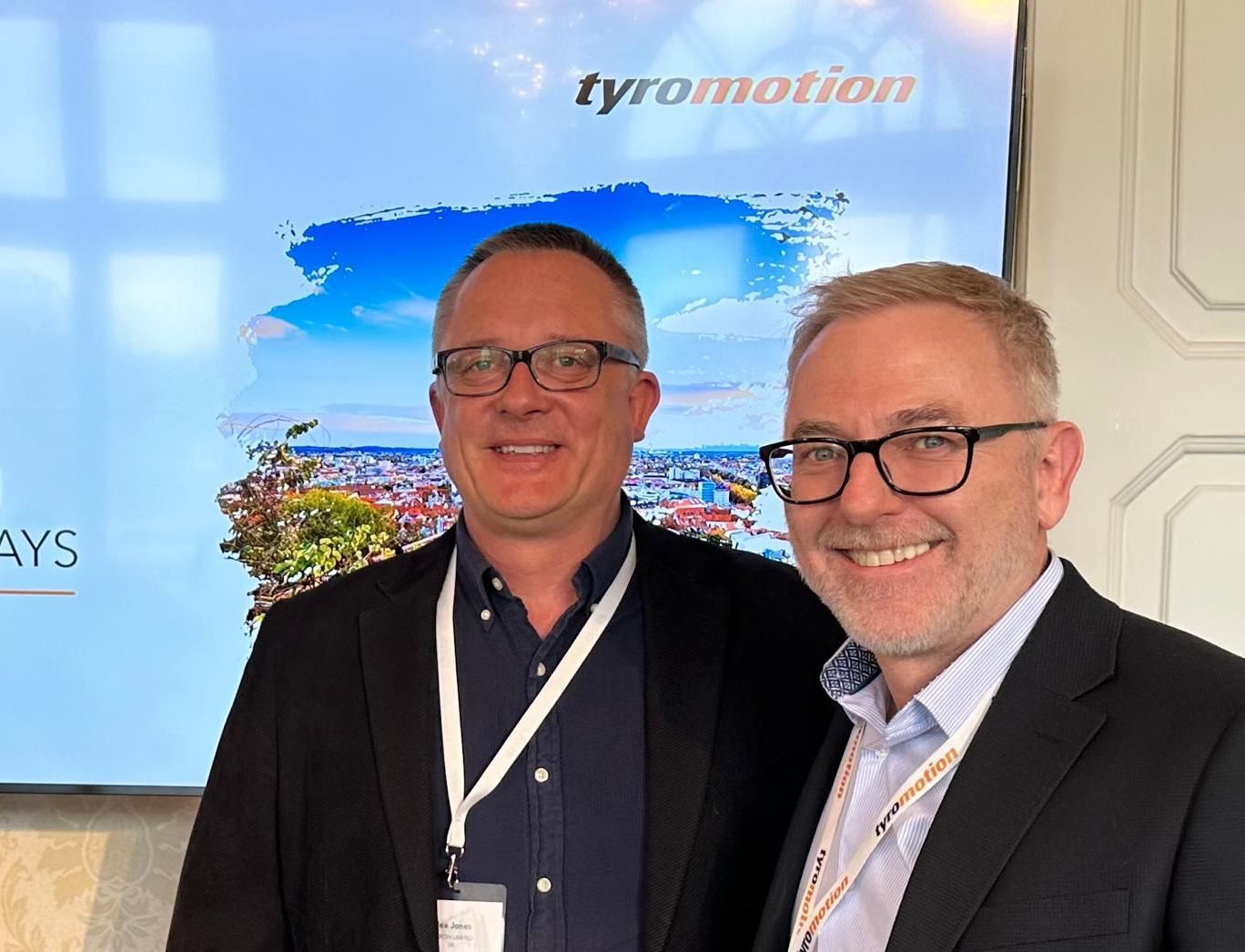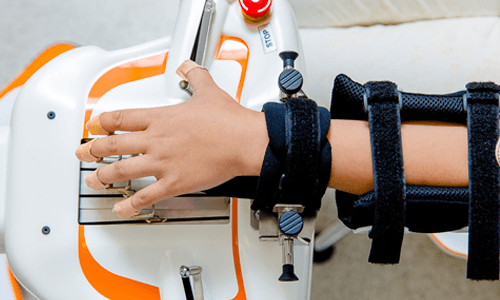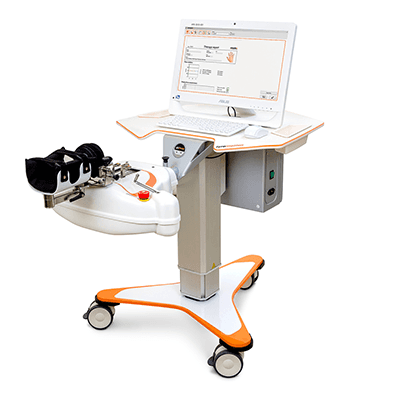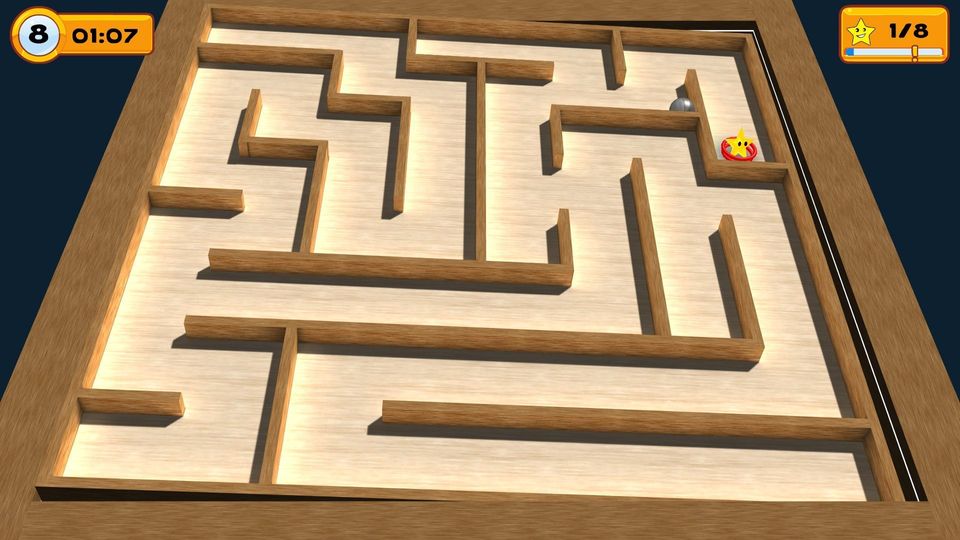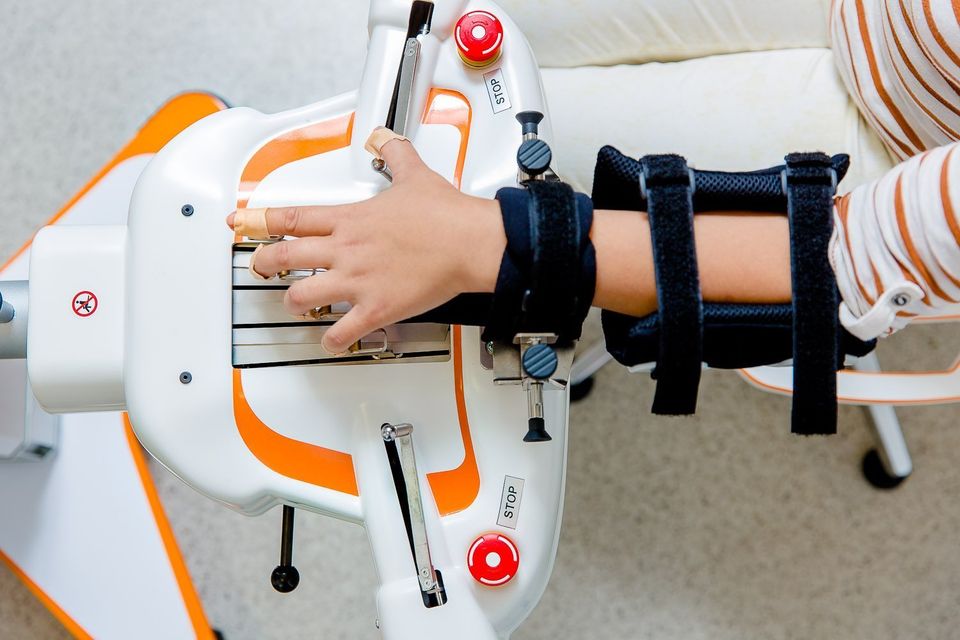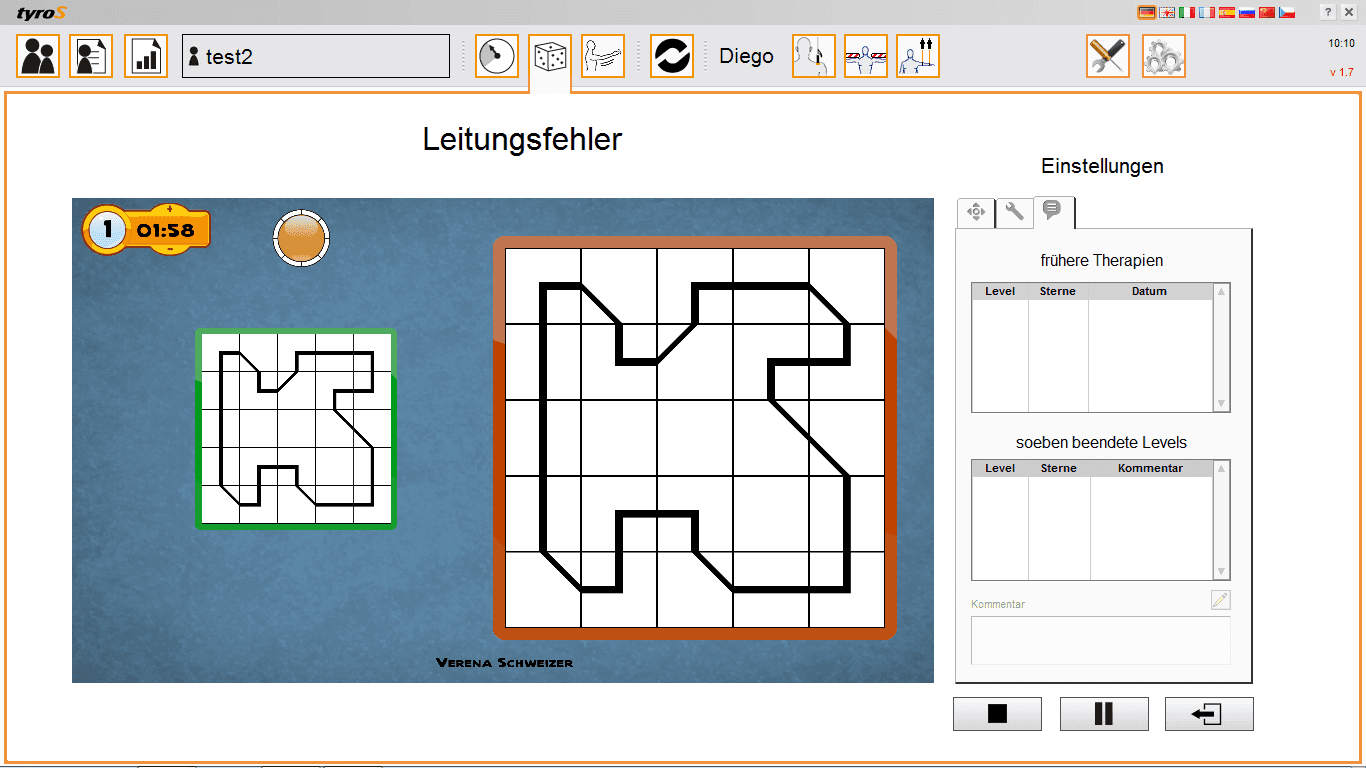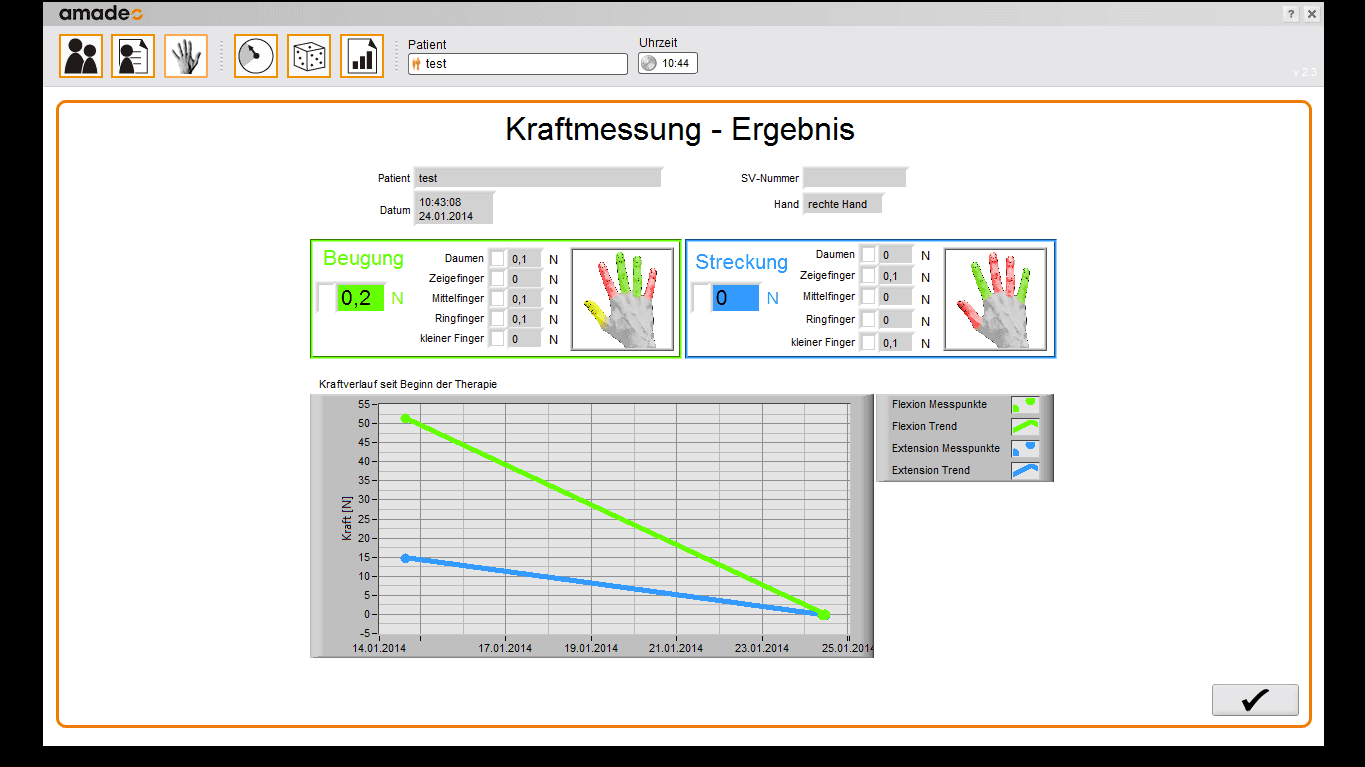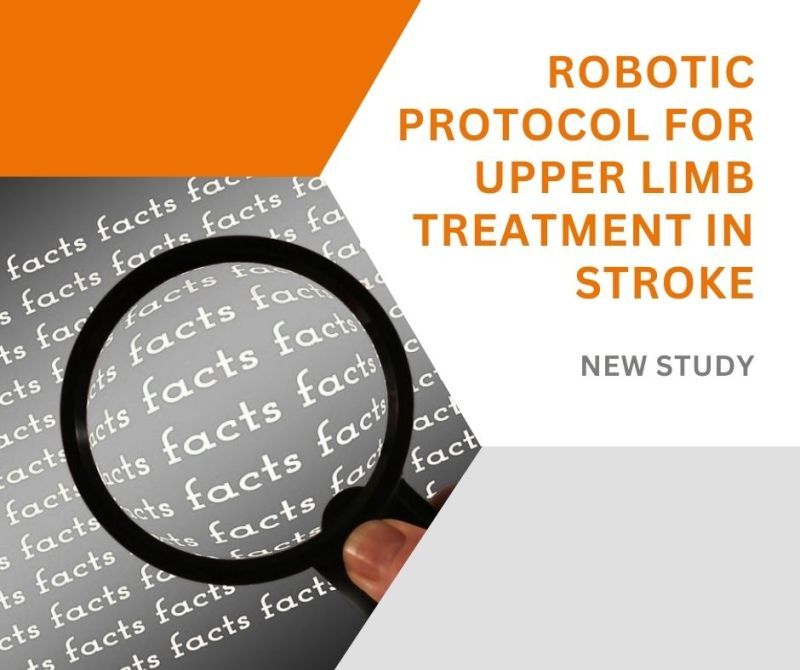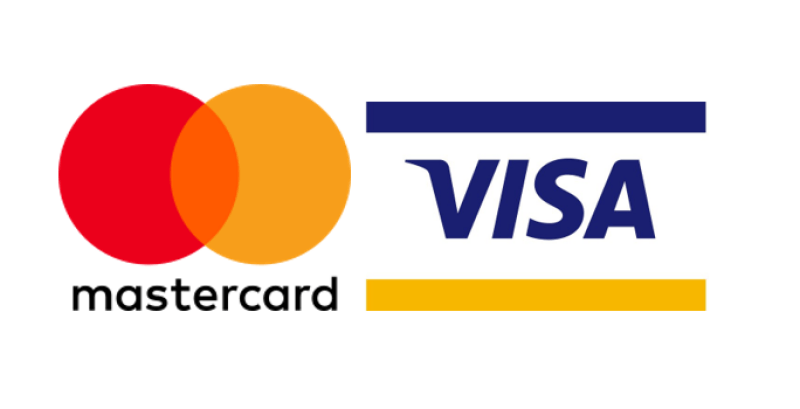7 Ways the Amadeo Hand Robot Can Aid Stroke Recovery
1. Rehab for all phases of rehabilitation
Some technologies are only effective at certain stages of rehab, such as when the patientnhas some active movement in the fingers or wrist. The Amadeo has programs to provide therapy which is completely passive (no active movement), assisted when some movement is possible and fully interactive, for when movment needs to be refined and practiced.
2. Intensive
The robot has the ability to provide intensive therapy, hundreds of movments can be completed in a single session, upto 10 times the amount completed with existing devices and much greater than hands on therapy. This intensity increases the possibility of reconnecting neural pathways.
3. Fun
Rehab can be very boring and repetitve. This makes motivation to train even harder. By introducing simple therapy games with various difficulty levels, patients focus pay more attention. Young and Older patients can find their therapy is much more immersive.
4. Individual Fingers
The Amadeo does not only open and close the hand, you can control individual fingers. This becomes important as some fingers recover first and need to be controled or restricted to encourage the weaker ones.
5. Cognitive Training
The hand robot has a suite of therapy programs designed to support cognitive training while moving the hands.
6. Measurements
Its difficult to evaluate the hand but the amadeo has assessments for range of movement, force, tone and spasticity. All for the individual fingers
7. Reporting
This data provides the clinician and patients with reports to show progress and encourage training through motivation!
Share this post
More Recent News
